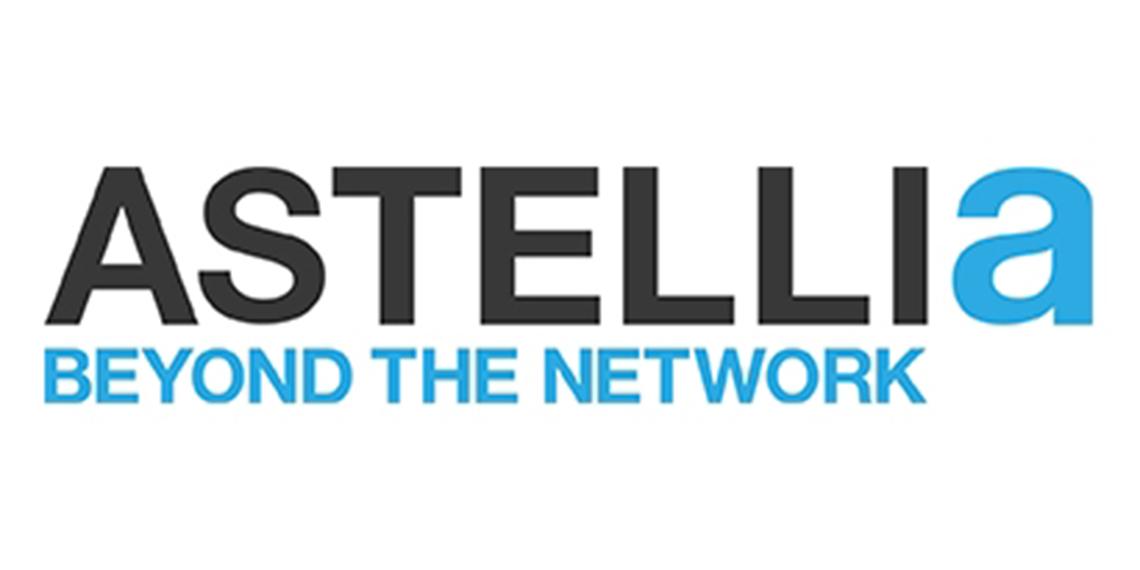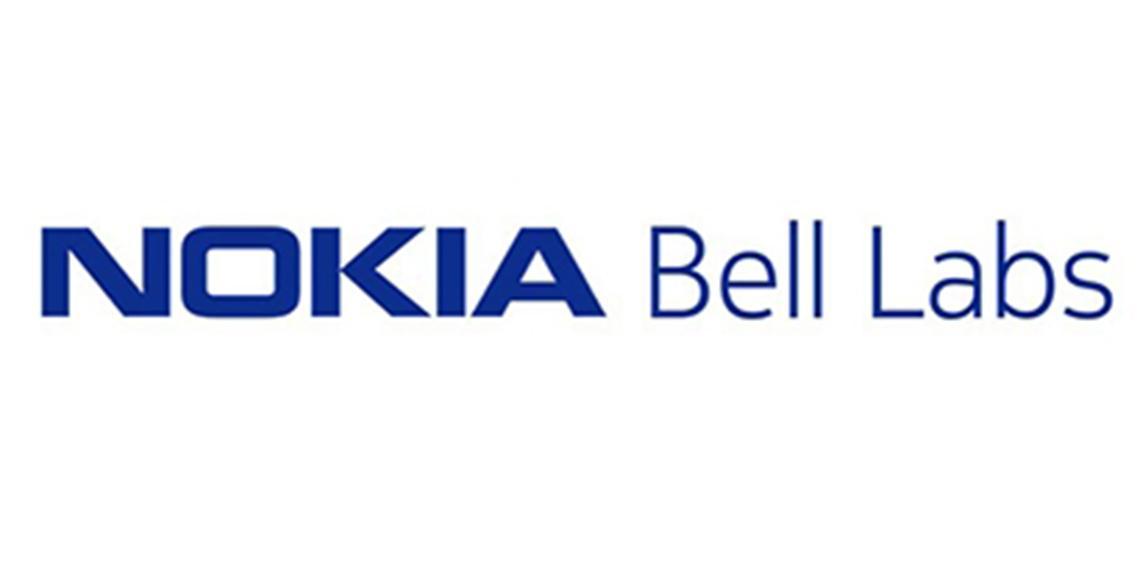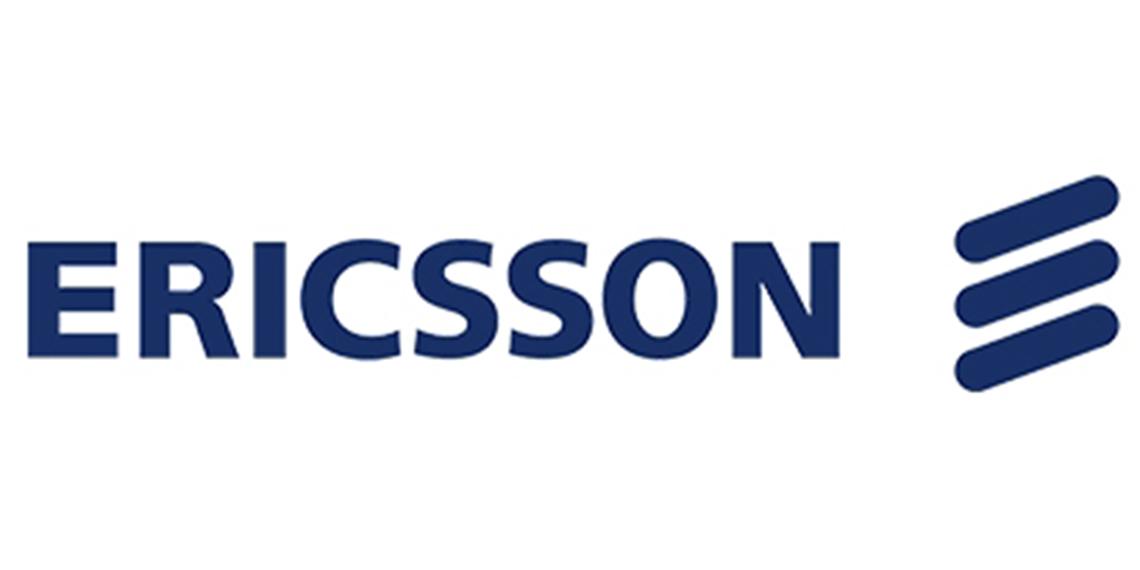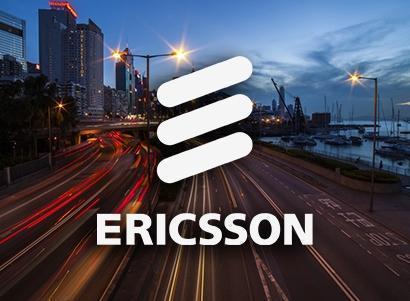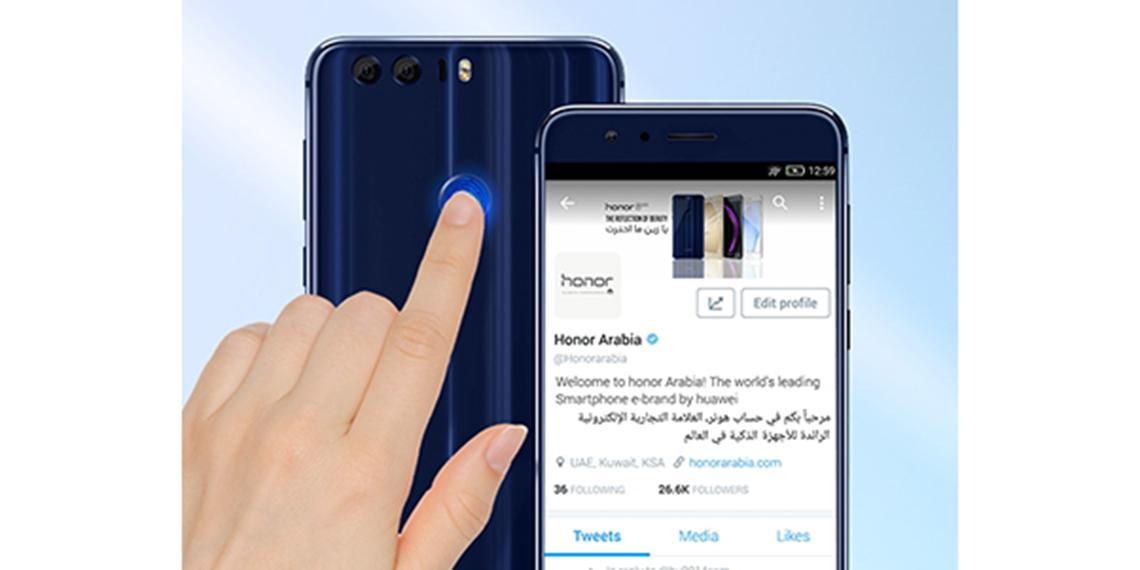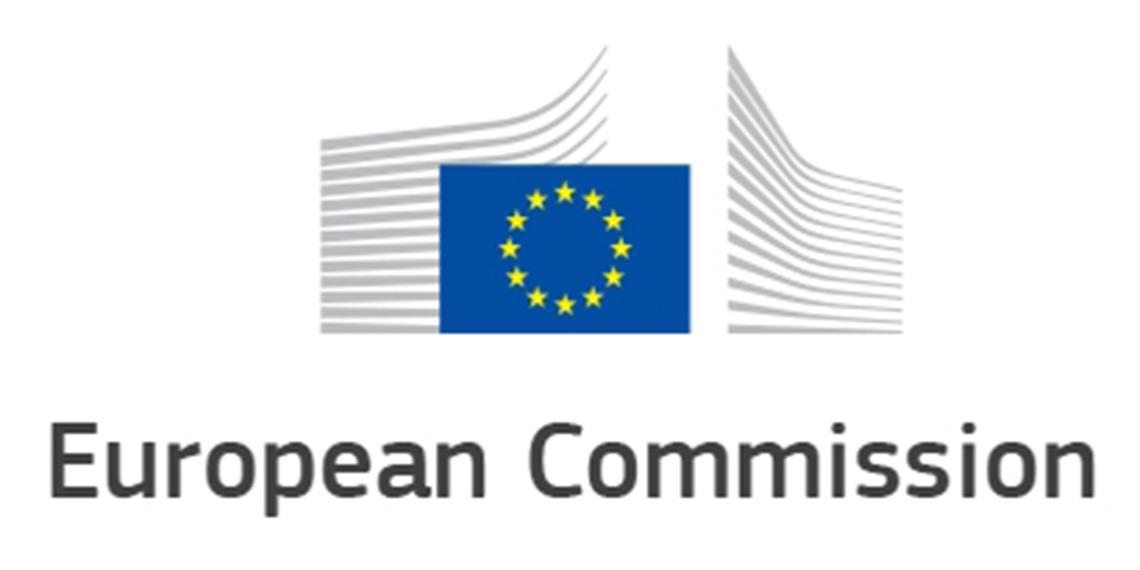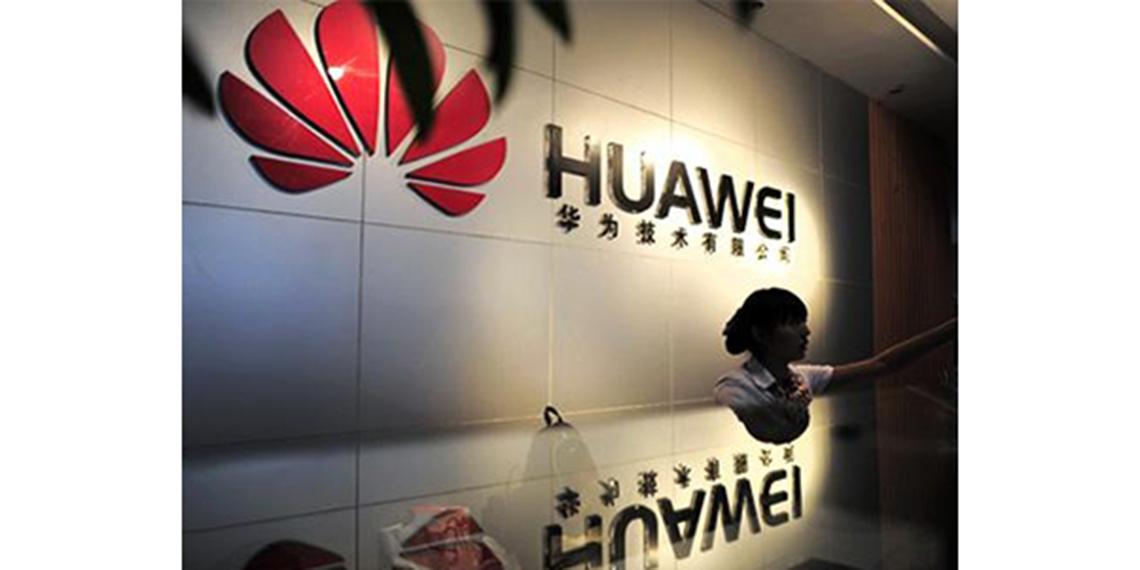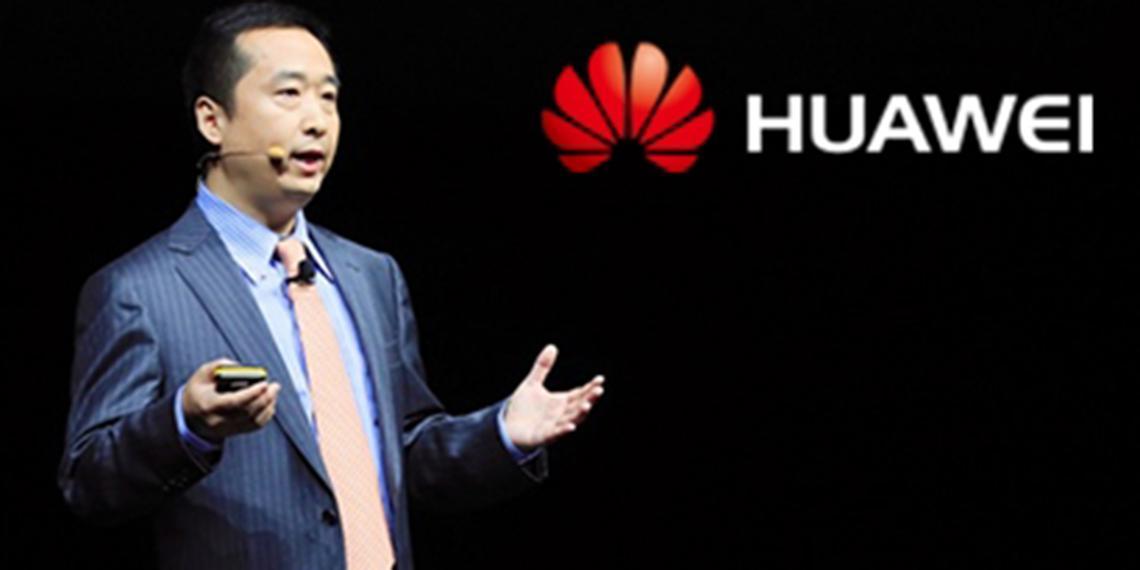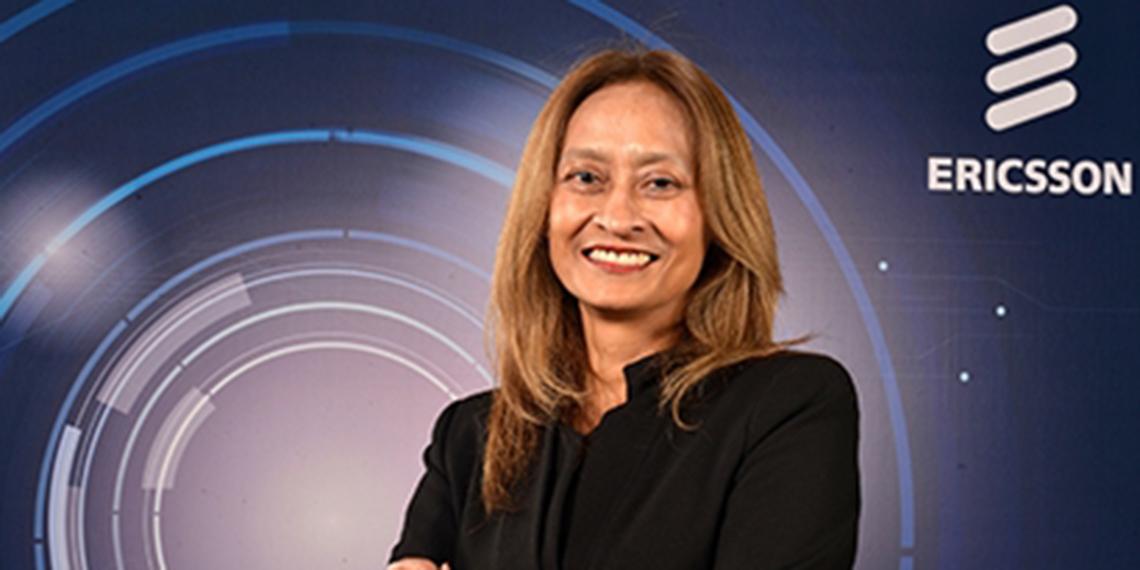Astellia, leading provider of network and subscriber intelligence for mobile operators, announced that it has signed a bi-lateral agreement for Operations Support System Interoperability Initiative (OSSii) with Nokia.

Telecom Vendors
Nokia Bell Labs, Deutsche Telekom T-Labs and Technical University of Munich achieve speeds of 1 Tb per second in groundbreaking optical technology trial
Nokia Bell Labs, Deutsche Telekom T-Labs and the Technical University of Munich have achieved unprecedented transmission capacity and spectral efficiency in an optical communications field trial with a new modulation technique. The breakthrough research could extend the capability of optical networks to meet surging data traffic demands.
Ericsson strengthens portfolio with new solutions to bridge the digital divide
As governments prepare to meet at the UN General Assembly to discuss progress on the Sustainable Development Goals, Ericsson announces another set of solutions to help bridge the digital divide and bring mobile broadband coverage to the remaining three billion people who are underserved or without mobile broadband access.
Ericsson first to deliver 5G NR radio
Ericsson is commercializing the world's first 5G NR radio for massive MIMO, with the first deployments coming in 2017. Together with the Ericsson 5G Plug-Ins announced in June and Ericsson's already commercially available Radio System Baseband 5216, which currently powers Ericsson's award-winning Radio Test Bed, Ericsson is first to deliver all components of a 5G access network.
Twitter secures first of its kind partnership with Huawei honor for the launch of its flagship honor 8
Huawei honor and Twitter are partnering to provide built-in fast access to the Twitter app, which will be pre-loaded on honor 8.
European Commission seeks stricter controls on WhatsApp and Skype
On September 14, a major European Union proposal was announced that will subject OTT internet services like Facebook's WhatsApp and Microsoft's Skype to the same rules that traditional telecommunication firms must comply with. It was a victory for traditional telcos, as the European Commission recommended tighter security and privacy for the likes of WhatsApp and Skype.
Hyperloop, self driving cars, robot builders and 3D organ printing are products to be pioneered in Dubai
The Dubai Future Accelerators announced the companies that were accepted to participate in the 12-week program. With 2,274 applications from 73 countries from all 7 continents and less than 2% of the applicants being selected - this is an incredible start to the Dubai Future Accelerators program.
Huawei announces release of 31 FusionCloud Services, FusionStorage 6.0 and the FusionStage PaaS Platform
At HUAWEI CONNECT 2016, Zheng Yelai, president of Huawei IT Product Line, delivered a speech entitled: 'Shape the Cloud, Bridge Today to Tomorrow', where he announced the release of 31 FusionCloud services, FusionStorage 6.0, and the FusionStage PaaS platform.
Huawei Launches Agile Network 2016
Huawei announced its Agile Network 2016 brand new solutions and services at HUAWEI CONNECT 2016.
Ericsson highlights 5 trends shaping innovation in ICT in 2017
Ericsson's Group chief technology officer, Ulf Ewaldsson, has identified five key technology trends that will stimulate innovation within the ICT industry in 2017, creating new value streams for consumers, industries and society.



